Second Wave, the upcoming Division Pack for Steel Division: Normandy 44, will be available in two days, and will allow you to take control of 4 new divisions: The American 4th Armored Division, the British 1st Special Service Brigade, the German 9. Panzerdivision and the 16. Luftwaffen-Felddivision. We also revealed the Content Roadmap for the game, don’t hesitate to take a look to know what’s coming for you in the coming months. For those who still don’t have the game, you can get 33% off Steel Division: Normandy 44 in the Paradox official store.
Let’s focus today on a much unlucky division, which happened to be have been repeatedly standing at the wrong places at the wrong times: the 16. Luftwaffen-Felddivision.
DIVISION MEINDL
Not to be mistaken with the elite Fallschirmjäger (paratroopers) & ‘Hermann Göring‘ (armored) divisions, Luftwaffen-Felddivisionen (literally: field divisions) are infantry divisions formed from the German air force’s excess military or technical ground personnel. They find their origin in the terrible Winter 41-42: after its failed attempt at capturing Moscow, the Wehrmacht went on the defensive and was soon under constant attacks by Soviet fresh troops, better suited to Winter conditions.
Every single soldier or unit was thrown into battle to keep the Soviets at bay, and that included Luftwaffe ground crews. Following an appeal for volunteers from their leader Reichsmarschall Göring, Luftwaffe personnel raised four provisional infantry regiments. In February 1942, they went East and, with cadres from the elite air-assault Sturmregiment, formed the ad hoc Division Meindl, named from its general, legendary paratroop commander Eugen “Papa” Meindl.
Although inexperienced in ground combat and lacking equipment, this all-volunteer force led by elite officers and NCO, and under the command of such an inspiring figure, performed well, distinguishing itself in the defense of Cholm. They created a myth which would serve badly their successors, mostly pressed air force ground crew serving under officers as inexperienced as them.
FORMATION OF THE LUFTWAFFEN-FELDDIVISIONEN
In the Spring of 1942, the Wehrmacht (Army) had been decimated and was looking for any source of immediately available manpower to replace its casualties. Army brasses managed to convince Hitler to let them tap into surplus Luftwaffe troops, much to Reichsmarschall Göring’s wrath. To retain command of his men, the latter made Hitler a counter-offer of raising twenty-two infantry divisions if they remained under his control. Highlighting the performance of Meindl’s men and the higher degree of Nazi indoctrination of the Luftwaffe, which he feared would be misused by “reactionary” Herr officers, Göring finally got his way.
The first ten Luftwaffen-Felddivision (LwFD) were formed from September 1942, each with four Jäger battalions (while regular Army Infanteridivisionnen had three regiments with two battalions each), one artillery battalion (instead of one regiment of three battalions), and one company each of reconnaissance, anti-tank & pioneers (instead of one battalion of each). This meant that a LwFD was much smaller than its Wehrmacht counterpart, almost half the size. Adding to that, their artillery guns were often of second-rate and their anti-tank ones mostly restricted to PaK 38 50mm, which clearly lacked punch. As a counterpart, they had an entire Flak battalion with more 88mm guns than in a Heer‘s division.While Meindl and his airborne officers had been able to provide a strong cadre for the four regiments of volunteers sent East early in 1942, such was not the case when the Luftwaffe had to find enough officers to lead ten divisions. Hence, most of them were completely inexperienced in infantry combat, from the mere platoon leaders to the generals. Two divisional commanders had previously held the function of head of the meteorology service for one, and judge advocate general for the other! The officers were pilots taken out of their planes or staff officers; the NCOs specialists torn away from comparatively prestigious technical jobs. None of them wanted to be pressed into the infantry. And none of them, whatever their rank, received proper instruction: they were dispatched to the front as soon as possible, often with barely a few weeks training and sometimes even incomplete, from Leningrad to the Caucasus.
Needless to say, those divisions performed poorly. Three of them (2., 7. & 8. LwFD) were destroyed on the Eastern after a few weeks combat: once the Soviets identified them as the weak link of the German front, they often singled them out as the main effort of their offensives. Once again, Wehrmacht officers pointed out to Hitler that those men would be better used under their command, and this time they won the case: in November 1943, all remaining LwFD and those still forming passed under Army control and were reorganized along infantry division lines. Many Luftwaffe NCO & officers, including divisional commanders, were being replaced by Wehrmacht ones in the process.16. LUFTWAFFEN-FELDDIVISION
16. LwFD was formed on December 1st, 1942 in Germany with the second wave of LwFD divisions, under the command of Luftwaffe Colonel Otto von Lachemair. Barely a month later, it started to be sent bits by bits to Amstelveen (Netherlands) to man coastal defenses, only being regrouped there on March 1943 to start training as a division. On November 1st, 1943, the division was taken over by the Wehrmacht and just four days later, Oberst von Lachemair was replaced by Generalmajor Karl Sievers, an Army veteran from Belgorod, Kursk & Voronej.
The division was also reorganized along the lines of a regular light infantry division with three two-battalion Jäger regiments, one three-battalion artillery regiment, and one battalion each of Pionier, Panzerjäger (anti-tank) & Füsilier (recon). Of course, it remained a paper organization for quite some time since, when the division moved to Normandy in June 1944, its Panzerjäger‘s 1. Kompanie still had a combination of PaK 38 50mm & PaK 40 75mm anti-tank guns instead of only the latter; 2. Kompanie of the same battalion, supposedly equipped with 10 StuG III only had 2 old ones; two out of nine of its artillery batteries had no guns and the rest captured Soviet ones; the division only had 57% of its authorized number of trucks; …
Nevertheless, the 16. LwFD was sent to Normandy piecemeal, elements staying for some time behind in the Netherlands to man the coastal Flak guns before being sent to join the division.
HOW TO BE IN THE WRONG PLACE(S) AT THE WRONG TIME(S)
From July 2, advanced elements of the divisions arrived in Normandy and were immediately placed under control of the 21. Panzer to consolidate the defensive ring in front of Caen. The rest of the division arrived within a few days and took over from Panzer-Lehr, which was being pulled out of the line to rest and refit, and settled just North of Caen. By a grim twist of fate, the 16. LwFD was taking positions right in the path of the next Allied offensive, merely a few days before it started …
Operation Charnwood, a major British offensive aimed at capturing Caen, opened on July 8th with a massive air force, army & naval artillery barrage, most of it straight on the 16. LwFD‘s sector. It has often been said that the division was destroyed in the process, but it is only true for the units (about one regiment) deployed West of the Orne: those suffered about 75% casualties even before the British ground assault hit them. They were subsequently wiped out by the 3rd Infantry Division‘s advance a few hours later, and the next day in the Northern part of Caen.
Sievers was said to have been “demented with grief” from so many losses, “wandering on the battlefield” trying to reorganize his men. Maybe he was shell-shocked himself, as many survivors of the bombing. Yet, despite many blaming him and his men’s almost inexistent resistance for losing Caen, he remained in command of his much-reduced division. The 16. LwFD was regrouped East of the Normand capital city, on the eastern shore of the Orne river. It took over the Colombelles sector from 21. Panzer, which fell back in tactical reserve just behind it. It received reinforcements from the Netherlands and equipment, including some more StuGs, and absorbed local Luftwaffe security units. The division was taking shape again, but its ordeal was far from over…![73051592[1]](https://eugensystems.com/wp-content/uploads/2017/09/730515921-300x291.png)
16. LwFD’s positions in Colombelles before Operation Goodwood, with 21. Panzer’s Kampfgruppen behind it.
When Operation Goodwood was brought to a halt two days later, the 16. LwFD had lost all its regiment & battalion commanders, as well as many officers from their staff and thirty-six company commanders (the division had forty-five field companies, not accounting for staff, service & administrative ones)! Literally beheaded, the division was disbanded and its men transferred to 21. Panzer to make up for some of its earlier losses. There, they kept fighting until the end of the campaign.
AFTER NORMANDY
Although dissolved, what remained of the division’s cadre was merged with 158. Reserve-Division to create a new 16. Infanterie-Division, which fought until the end of the war on the Western Front. But for a few individuals, it had lost its Luftwaffe identity.
THE 16. LUFTWAFFEN-FELDDIVISION INGAME
16. LwFD has some distinctive features compared to other German division:
- Unlike many (most) German divisions, 16. LwFD can’t rely on superior infantry: almost all of them would rather be anywhere but in a foxhole! Disheartened and equipped with second-rate weapons (MP-28 Bergmann, MG 15, Faustpatrone) they have to be kept close from an officer to make sure they’ll put a real fight. At least they do come in numbers…
- Being very well provided with AA guns, 16. LwFD doesn’t have any fighter aircraft available, only ground attack planes. But the latter come in all fashions: with bombs, rockets, AT guns, etc…
- Its artillery observers all come in Beo.Storch in the AIR tab.
- Its economy has the shape of a “reversed V”, with its peak in Phase B but its Phase C income being brought back to its Phase A level.
In Phase A, the unwilling Lw-Jäger are supported by some light Beutepanzer from local Luftwaffe security units, including the mighty (in 1917!) FT-17 tank, coming in two variants under German designation: Panzer 730M(f) for the MG-only variant, Panzer 730C(f) for the 37mm gun one. Good fire support tank, they are better deployed from the start for they are very slow if called in as reinforcements.
It also fields several variants of the ubiquitous French Renault UE tracked tractor, either as unarmed light tractor/transport (UE630(f)), fire support/weapon carrier for the heavy Hotchkiss HMG (UE630(f) Sicherungs) or armed transport for scouts (UE630(f) MG) much in the same way as the British Bren Carrier. Speaking of which, Major Becker’s workshop had first tried its hands on Carriers abandoned by the British at Dunkirk, and those few remaining in 1944 were used by the Luftwaffe to mount either a 20mm Flak gun (Flakpanzer Bren(e)) or Dutch Böhler 47mm anti-tank gun (Panzejäger Bren(e)). This motley assortment of obsolete & tinkered vehicles gives the 16. LwFD the ability to provide its infantry with some level of support against enemy infantry or light vehicles.
Its early anti-tank guns are restricted to a few PaK 38 50mm guns, although the Panzerjäger Bren(e) provides a more mobile gun and the Soviet gun-howitzers in the artillery tab can double as decent anti-tank guns, just like in the 91. LLD.
But where the 16. LwFD truly shines is the anti-aircraft tab. There, the AA crews are doing what they’ve always trained for, and are all experienced in the use of their guns. Elite Flak 88mm comes in number, including two of them from Phase A. Light bombers and “light” off-map artillery are also available in early game in the AIR tab.
In this phase, the division really is more suited for defense.
In Phase B, more infantry is available, including heavy HMG team with s.MG 271(f), German designation for the French Hotchkiss 13,2mm, giving the Germans a counterpart to the US .50 cal. It also receives a few of its first two StuG III F/8 & StuH 42, and its anti-tank capacity is enhanced by a few Pak 40.
Once again, it is in the AA tab that’s it gets the best improvement, with two self-propelled Flak guns on NAG 4500 heavy truck, the NAG 4500 37mm (armored truck variant) sporting a modern Flak 43 gun, and the NAG 4500 Drilling (unarmored variant) with two triple-15mm guns. That makes six very heavy MG indeed, 50% more and of bigger caliber than the American M16 half-track. Finally, it gets the Flakzwilling 37mm, a twin-37mm towed gun. And of course, more elite 88mm.
With its best income in this phase, 16. LwFD can either push forward as much as it can to later try to hold the captured ground, OR stay on defense and accumulate a war chest for the next Phase…
In Phase C, 16. LwFD gets what it had lacked in the previous phases to really get moving: StuG III G (including command variant), JU 188 heavy bombers, heavy Hs 129 B3 Panzerknäcker and 210mm off-map artillery support, still in Beo.Storch.

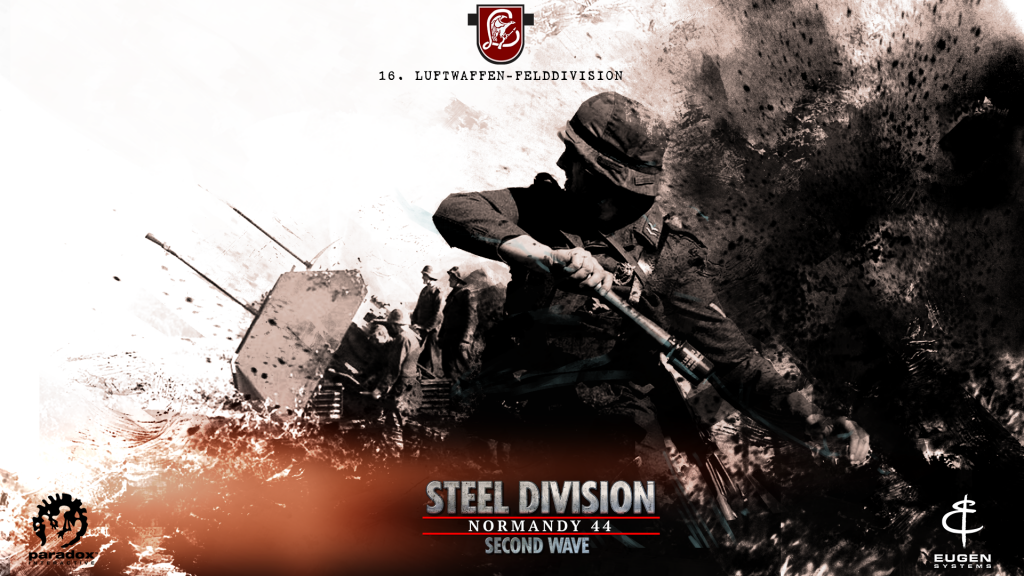
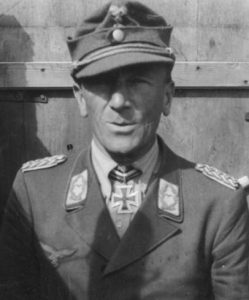
![61c97350da007ea8380713ce46d80b10[1]](https://eugensystems.com/wp-content/uploads/2017/09/61c97350da007ea8380713ce46d80b101-300x215.jpg)
![02-W5[1]](https://eugensystems.com/wp-content/uploads/2017/09/0220-20W51-300x179.gif)
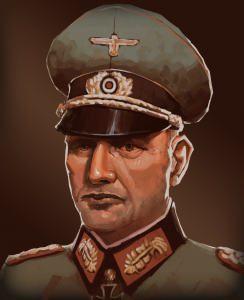
![581px-Charnwood.svg[1]](https://eugensystems.com/wp-content/uploads/2017/09/581px-Charnwood.svg1_-279x300.png)
![11925522_1479252895736223_236436504_n[1]](https://eugensystems.com/wp-content/uploads/2017/09/11925522_1479252895736223_236436504_n1.jpg)
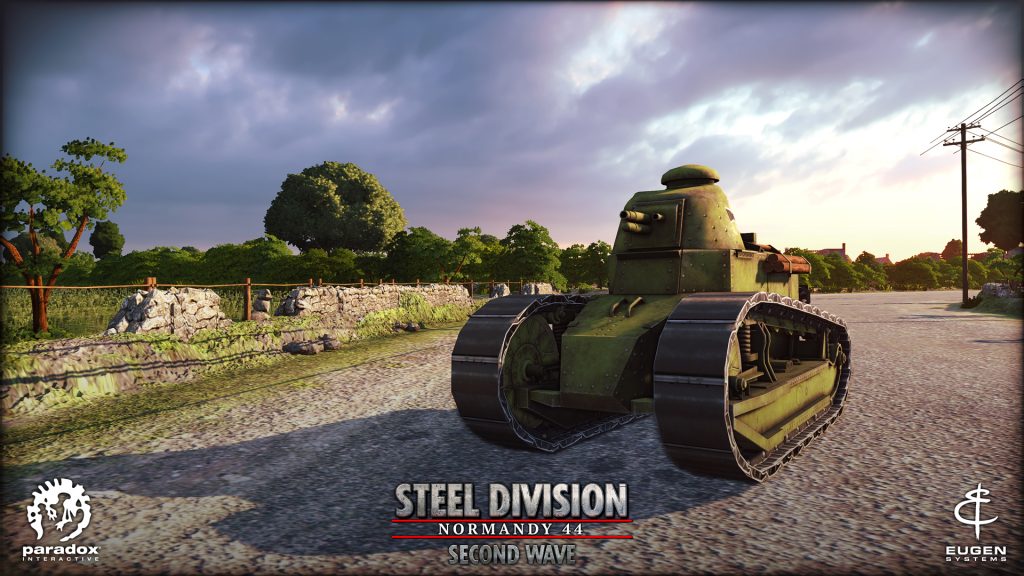
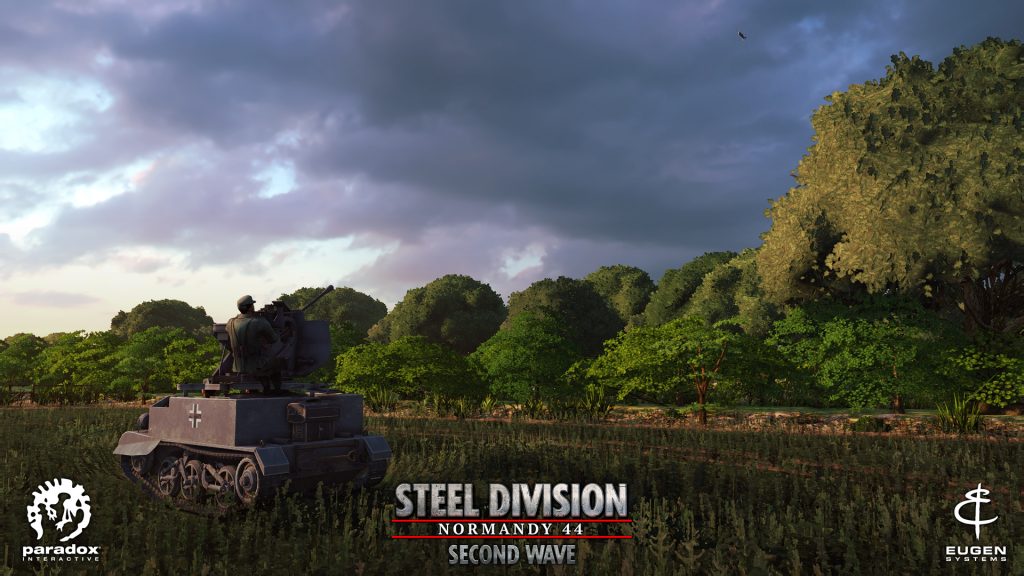
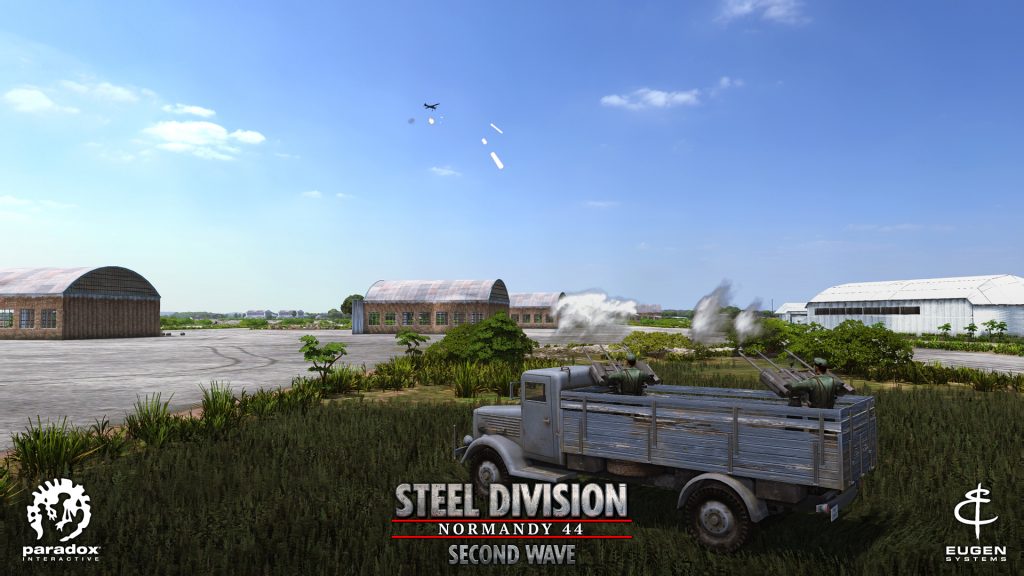
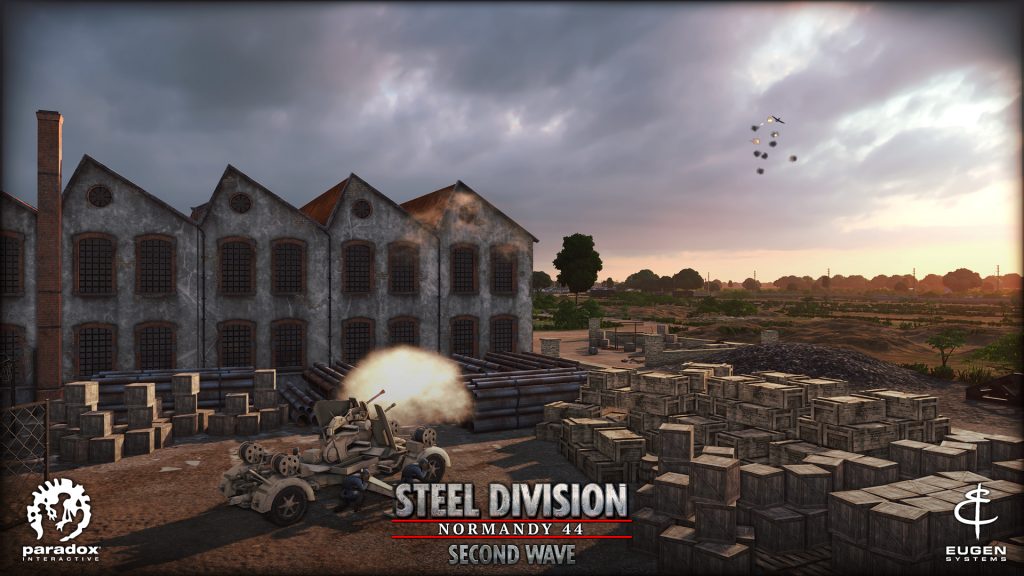

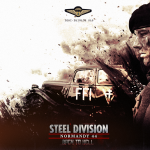
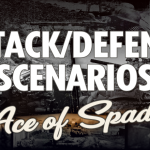
Black Hand
September 19, 2017 at 11:29 pmFT17-!!!!!! Haha you’re crazy x) God it will be slow!
[EUG]MadMat
September 19, 2017 at 11:38 pmIt is indeed … 🙂
Furman
September 20, 2017 at 12:03 amI’m really afraid of how well will the beobachtung storch do, those airplanes can get shot down by a single p-47 in a single pass, given right circumstances. On the other hand, only ’till we get our hands on the flaktrucks will we know how well can the skies be protected.
I’m already afraid of 716th when playing as 101st, if this division’s AA tab is as strong as advertised, it might be the ultimate sky-cockblocker.
Nevertheless, I’m kinda waiting to see the dlc’s price and a chance to buy it.
Guddi
September 20, 2017 at 7:06 amGreat Joke !!!
That Div. has nearly None AT Possibilities in Phase A, so how do they will perform against for example the 15th. Scotish in a 1v1 ? I mean the AVRE is difficult to hold for every Div. but for this one it is Mission Impossible, so where is the Balance ?
Also this disheartend Inf. at all, playing in a 1v1 aginst Power Rangers from the 2nd Indianhead or against Power Rangers from the Sky from the 101st. will be no sweep sugar ! So where is the Balance there ?
A Tak the runs slower than all Inf. makes no sence, I mean FT17 is a WW1 early Tank Power Marauders will run even faster than he drives so they will go hunting for those, Balance ?
Off Map Artillery by Plane, funny everybody you will face will buy a fighter in Phase A in a 1v1 so there will be no luck for those.
All in all this Div. will not hold against any Allied Div. in a 1v1 so for me there is no Balance in that.
[EUG]MadMat
September 20, 2017 at 9:05 amThis division can field two elite 88mn from Phase A, as well as Panzerjager Bren, and its Soviet field guns double as AT guns.
And over the course of the game, you will be able to field some 15 (!) Flak 88mm guns!
Guddi
September 21, 2017 at 9:12 amDear MadMat if you have ever played the Game online against humans, you should have noticed that when you bring in 88 AA guns will get shelled so that is no real AT Killer in Phase A and on the other Hand an 88 is way over expensive in Phase A by the income of this Div. so no compare to other AT guns.
Before you post your hints you should better play the game against descent players!
[EUG]MadMat
September 21, 2017 at 9:42 amThey do attract artillery indeed. And require more attention to use them than stealthier PaK 40 …
But when you’ve got as much as this division and cheaper than the others, you can afford to lose and replace a well-ambushed one after it has wreak havoc in an enemy column.
Sir Vainglory
September 26, 2017 at 12:18 pmI’ll be posting a video of a 1v1 battle between the 16th Luftwaffe and the 15th Infantry on my YouTube channel later this week if you’re interested in seeing how they match up. You’ll find it here: http://www.youtube.com/c/SirVainglory on Friday. Without spoilers, I found the divisions are a really good match up.
بیمه مسافرتی
November 28, 2017 at 8:16 amit was grate thanks